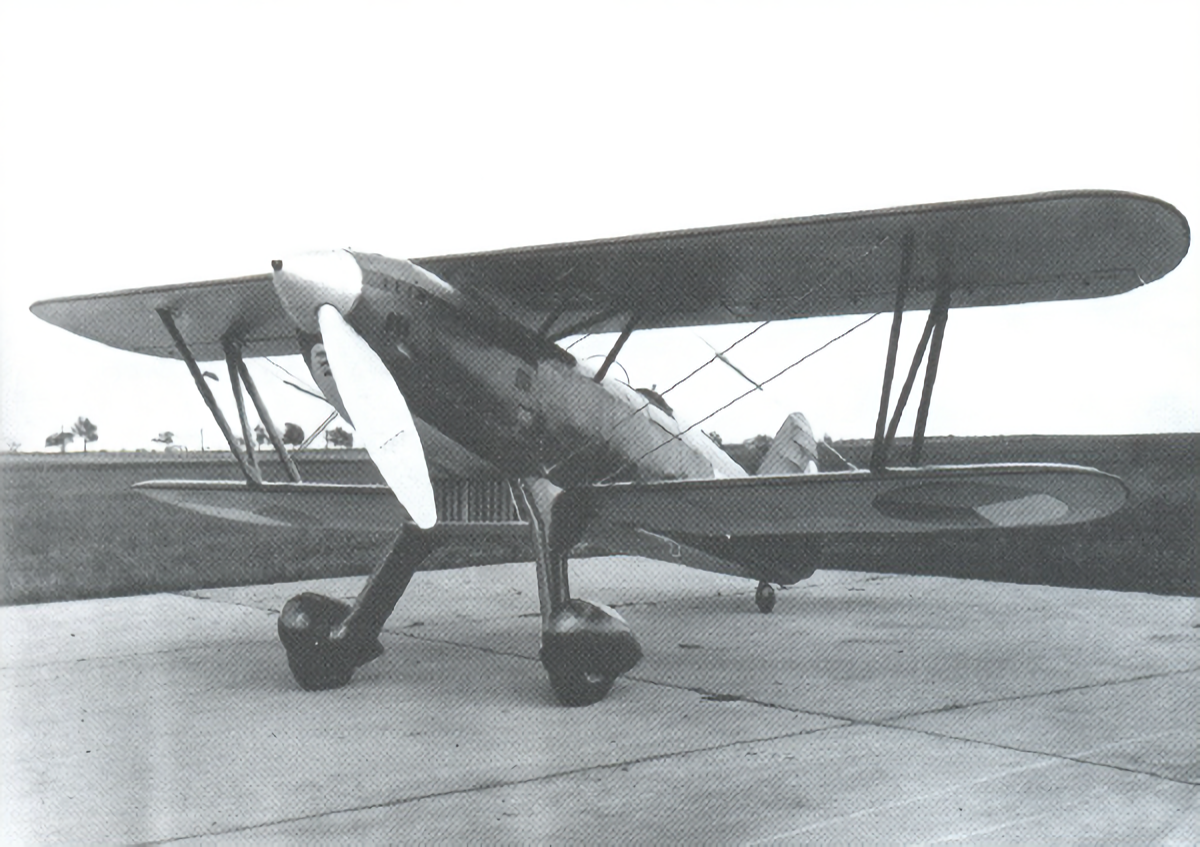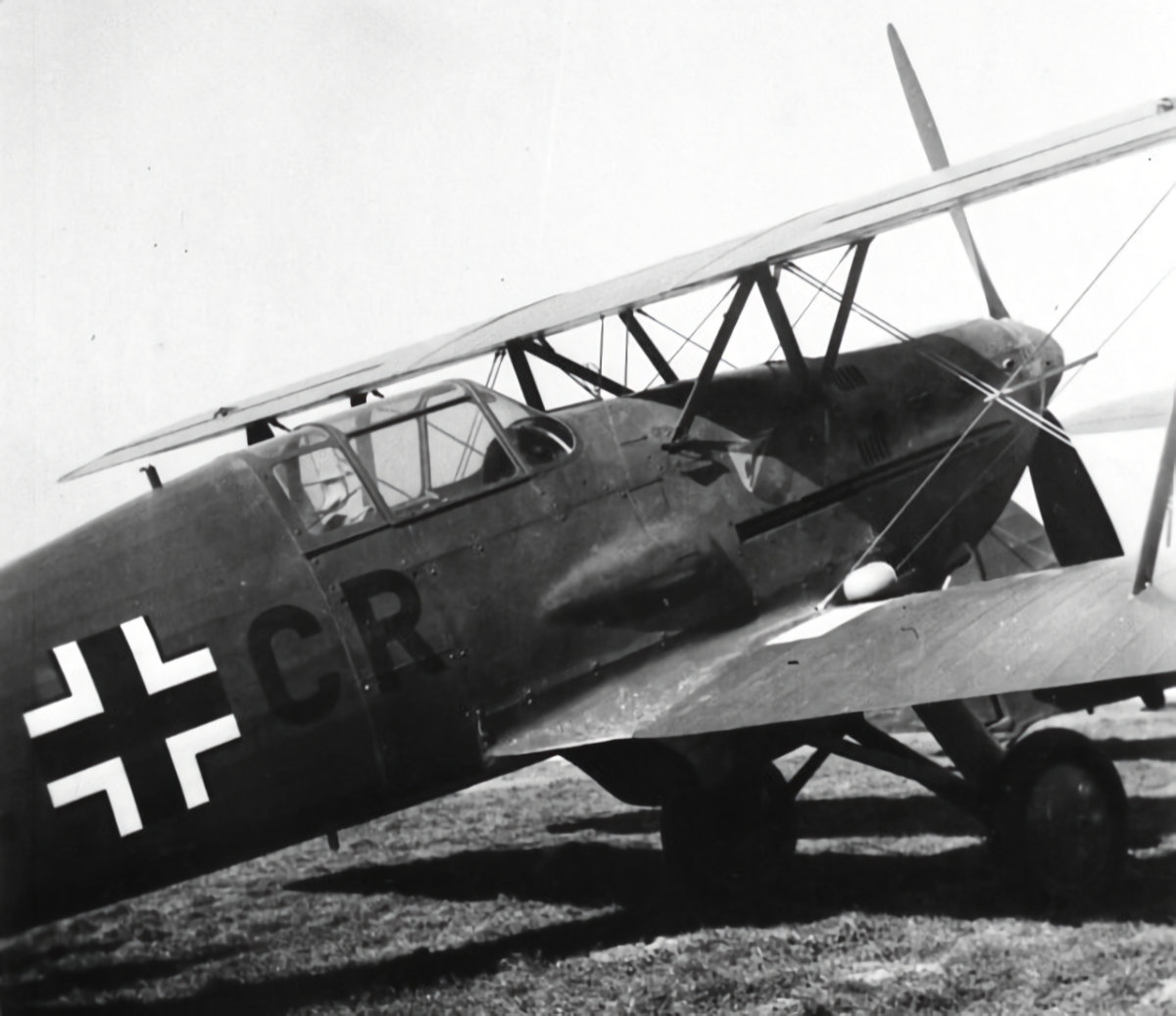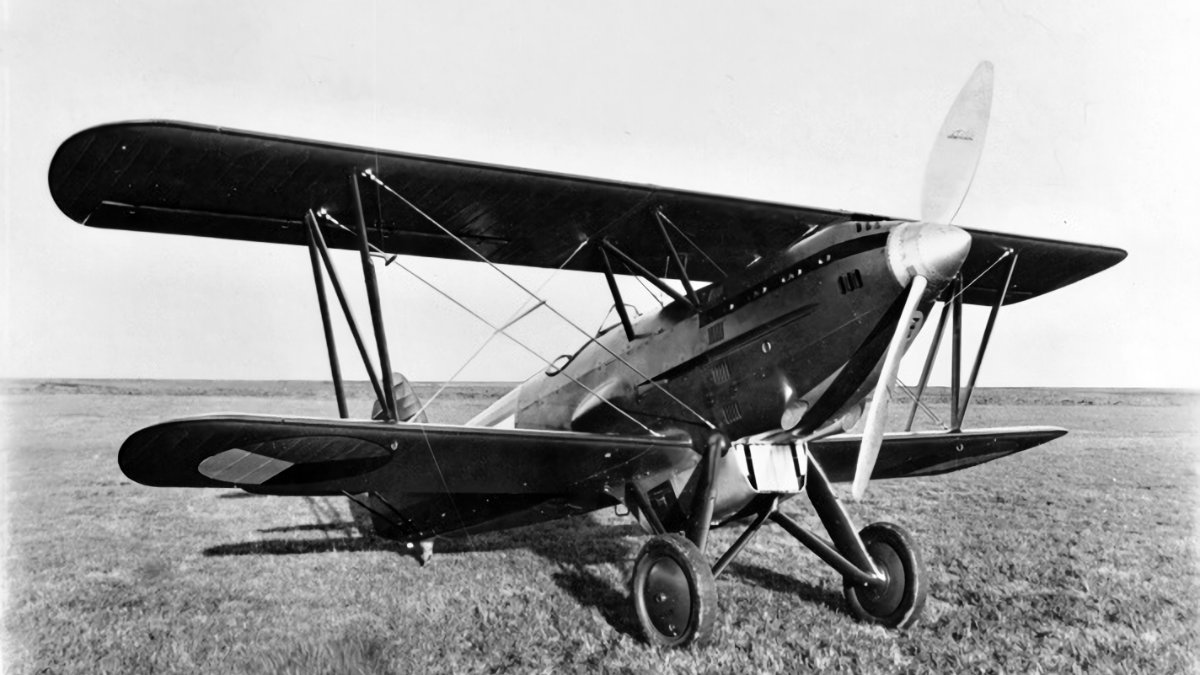Tag: World War Two
-
Avia B-634 Biplane Fighter

Avia B-634 Biplane Fighter Developed from the Avia B-534 biplane fighter, for the Czech Air Force, the B-634 incorporated numerous modifications in order to increase performance. Despite these changes, and the airframe being significantly more aerodynamically cleaner, it was only marginally faster than its predecessor. This was primarily due to increased weight resulting from the… Read more
-
Avia 534 in German Service

Avia 534 in German Service Germany confiscated a large number of Avia B-534 fighters from Czechoslovakia, subsequently using them as fighter trainers in several fighter pilot training schools. They were also used as glider tugs and target tugs. Three aircraft were fitted with arrester hooks and had their structure strengthened for evaluation as a carrier… Read more
-
Avia 534 in Czech Service

Avia 534 in Czech Service Developed from the Avia B-34, the Avia B-534 was a single-seat biplane fighter designed for the Czechoslovak Air Force. First flying o 25 May 1933, it entered service in 1935 with production continuing until 1939. A total of 538 were built serving several air forces during the Second World War.… Read more